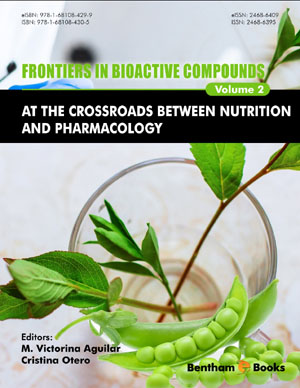Abstract
The knowledge of bioavailability, i.e. the fraction of bioactive compound that can be absorbed and utilized, is a very relevant topic of food and nutraceutical research. The present review sheds light to the concepts of bioavailability, bioaccessibility, bioactivity, bioefficiency and bioconversion. Besides, it reviews the main in vivo methods such as balance techniques (chemical balances and isotopes methods), plasma biomarkers and animal models. Several in vitro methods that simulate physiological conditions of the human gastrointestinal digestion (static or dynamic models) and the usefulness of Caco2 culture cells for evaluating bioactive compounds bioavailability in foods are also reviewed. The advantages and disadvantages of these methods are discussed, beside specific conditions applied for several bioactive compounds (minerals, carotenoids, α-tocopherols, folic acid, plant sterols and polyphenols) from recent studies. Human studies are the method of choice, and data obtained from these assays represent the gold reference because they provide the most accurate results and the highest scientific evidence regarding the bioavailability of a bioactive compound. In vitro models are reproducible, rapid and simple, due to the fact they allow tight control of the experimental variables than animal or human studies. These methods are particularly useful to check the impact of digestion conditions and to undertake studies on the positive or negative effects of food structure, food composition, dietetic factors and food processing. Furthermore, it is mandatory to promote more research into in vivo-in vitro correlations using well harmonized and standardized systems, so that more valid in vitro models can be designed to evaluate the bioavailability of bioactive food compounds.
Keywords: Animal models, Balance studies, Bioaccessibility, Bioactive compounds, Bioavailability, Caco2 cells, Simulated gastrointestinal digestion.




















